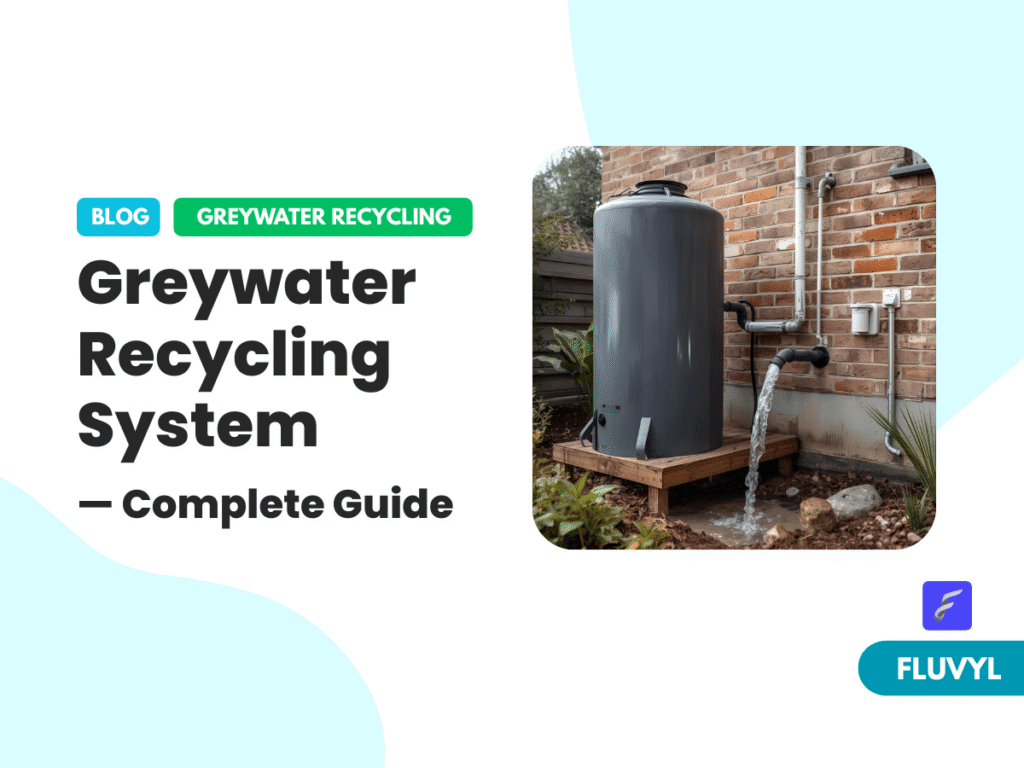Frequently Asked Questions
Can I reuse kitchen sink water for garden irrigation?
Kitchen water has higher fats, oils and food residues — it can clog systems and increase pathogen risk. Many codes exclude kitchen greywater from simple diversion systems; if you plan to reuse kitchen greywater, include pre-treatment (grease traps, solids removal) and robust polishing/disinfection.
How long can greywater be stored?
Untreated greywater should not be stored more than ~24 hours. If storage is necessary, it must be treated (disinfection/oxygenation) and monitored to prevent odors and pathogen growth.
Do greywater systems smell?
If designed and operated properly (short retention, aerobic treatment, screened solids removal), odors are minimal. Odors usually indicate anaerobic conditions from long storage or clogged components and should be corrected immediately.
Will my insurance or resale value be affected?
Local attitudes vary. Work with certified installers, follow regulation, and keep documentation; well-installed systems that meet code typically do not negatively affect resale and may be a selling point in water-scarce areas.


